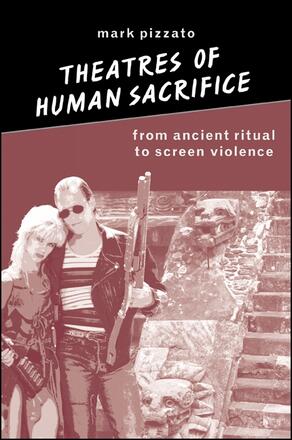
Theatres of Human Sacrifice
From Ancient Ritual to Screen Violence
Alternative formats available from:
Provides insight into the ritual lures and effects of mass media spectatorship, especially regarding the pleasures, risks, and purposes of violent display.
Description
Contemporary debates about mass media violence tend to ignore the long history of staged violence in the theatres and rituals of many cultures. In Theatres of Human Sacrifice, Mark Pizzato relates the appeal and possible effects of screen violence todayin sports, movies, and television newsto specific sacrificial rites and performance conventions in ancient Greek, Aztec, and Roman culture. Using the psychoanalytic theories of Lacan, Kristeva, and Zðizûek, as well as the theatrical theories of Artaud and Brecht, the book offers insights into the ritual lures and effects of current mass media spectatorship, especially regarding the pleasures, purposes, and risks of violent display. Updating Aristotle's notion of catharsis, Pizzato identifies a sacrificial imperative within the human mind, structured by various patriarchal cultures and manifested in distinctive rites and dramas, with both positive and negative potential effects on their audiences.
Mark Pizzato is Associate Professor of Theatre at the University of North Carolina at Charlotte and the author of Edges of Loss: From Modern Drama to Postmodern Theory.
Reviews
"In addressing the problematic effects of dramatic violence, the author treats the subject not only historically as violence has unfolded in external performancesin ritual sacrifice, gladiatorial sports, as well as theatre but also as it unfolds within the mind. " — Joseph Natoli, author of Memory's Orbit: Film and Culture 1999–2000
"This is a pathbreaking and definitive investigation of the cultural work that spectacles of violent sacrifice have performed in a multitude of historical contexts. Through this investigation, Mark Pizzato provides a new framework for understanding the spectacle of violent sacrifice as the location where cultural and political debate plays itself out. " — Todd McGowan, author of The End of Dissatisfaction? Jacques Lacan and the Emerging Society of Enjoyment